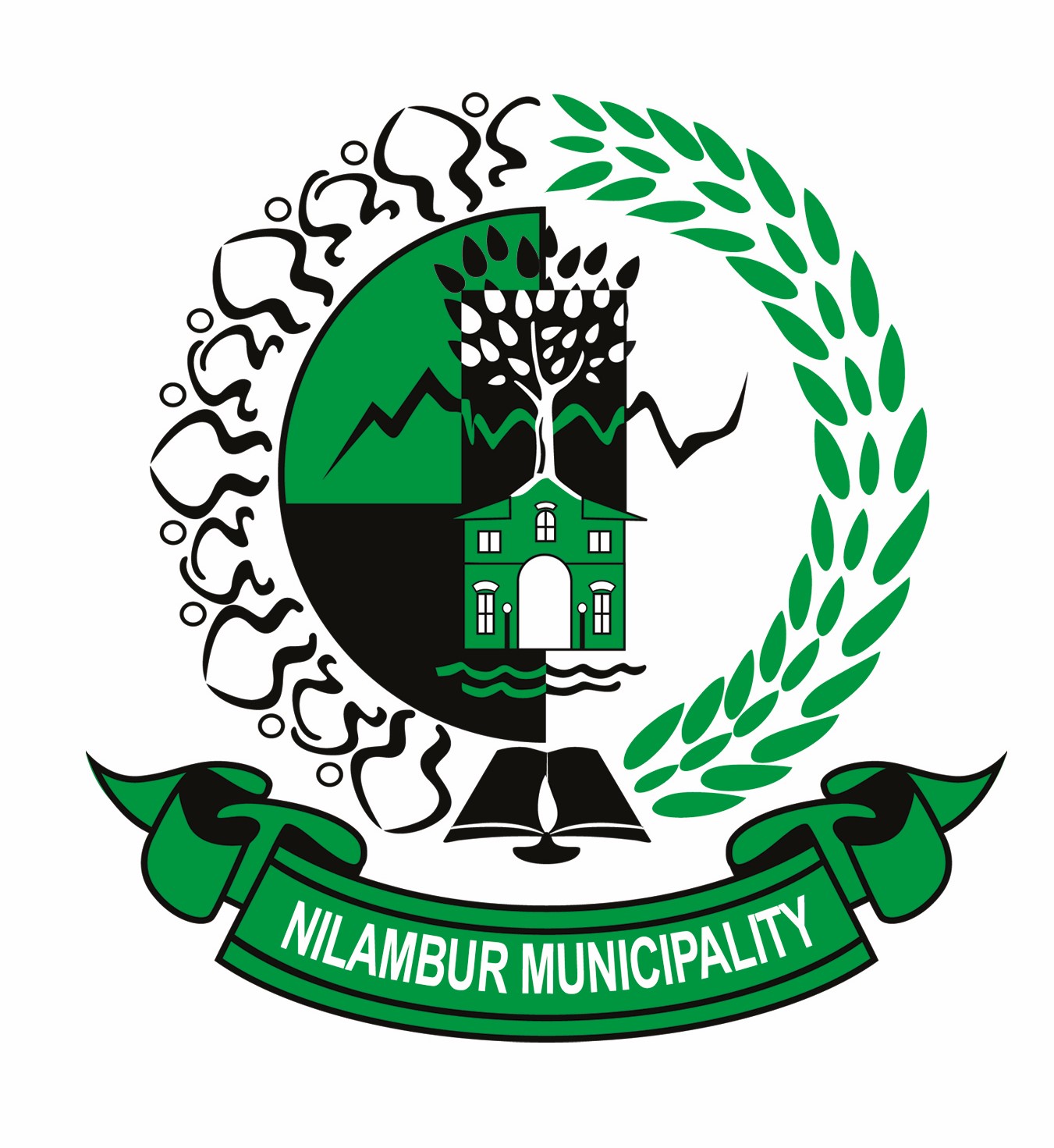Nilambur: A Treasure Trove of Nature and History
Nilambur, a town nestled on the banks of the Chaliyar River, is a captivating blend of nature and history. Situated in the Malappuram district of Kerala, it is easily accessible from Kozhikode (70 km) and Ooty (100 km). Bounded by the Nilgiri Mountains to the east, Eranad Taluk to the west, Perinthalmanna to the south, and Wayanad to the north, Nilambur stands as one of the major towns in Malappuram district.
A paradise for nature enthusiasts and adventure seekers, Nilambur offers breathtaking landscapes, including cascading waterfalls, lush greenery, and the iconic Nilambur teak trees. Its proximity to the Nilgiri hills and the Chaliyar river adds to its allure. The town holds a special place in the hearts of both nature lovers and animal lovers, with plenty to offer in this teakwood town of Kerala.
Canoli Plot: The World's Oldest Man-Made Teak Plantation
Located in Nilambur, Malappuram district, the Canoli Plot is the world's oldest man-made teak plantation. Spread across 5.675 acres, this plantation has earned a place in the World Heritage list. The plantation was established in 1846 under the guidance of H.V. Canoli, the then Collector, to address the teak shortage during the British rule. Forest Conservator Chathu Menon, along with Dr. Reg's Burgg, played a pivotal role in establishing this plantation.

This is an ideal place for tourists seeking tranquility and a touch of nature. It was established in the mid-19th century to disregard the activities of the Madras Presidency's Forest Department. Moreover, it was a crucial place that assisted Great Britain during World War II. It is one of the famous places in Nilambur where one can relax for a day in the lap of nature.
Nilambur Teak Museum:
Houses various species and grades of teak wood.
Located approximately 4 kilometers from the heart of Nilambur town, the Teak Museum is a double-storied monument constructed in 1995 on the land of the Kerala Forest Research Center. The incredible wealth of information about teak bark, flowers, and fruits makes it a major attraction for tourists and a true paradise for botanists. As you step into the museum, you will be greeted by the structure of a teak tree that is over half a century old. On the ground floor, you can take a closer look at the Kanni Mara teak, a gigantic teak tree from the Canoli Plot, one of the museum's most notable treasures.
Other major attractions at the teak museum include a massive teak tree trunk (480 years old), paintings depicting the process of cutting trees, and ancient harvesting tools. Besides being a source of interesting and informative facts about teak, the museum also houses many insects, moths, and butterflies found in teak forests. This magnificent display of ancient teak trees should be added to your list of must-visit attractions in Nilambur.

Aruvakkod
Aruvakkod, located near Nilambur, is a small village known as the center of arts and crafts. If you enjoy exploring ancient skills and arts, this place is no less than a paradise for you, as you can explore traditional earthenware, home decor items, furniture, kitchen utensils, and architectural accents beautifully crafted by the local Kumbharan tribal people.
This pottery village was once home to some of the finest potters but with the advent of globalization, interest in ancient skills waned. Thanks to artist K.B. Jinan, who popularized this ceramic village through the Kumbham handicraft project. A rich collection of beautiful ceramic products makes it one of the most famous tourist destinations in Nilambur to explore.

Railway Project:
0.66-kilometer long train route will take you 2 hours of your time. The beautiful and unforgettable experience during the rainy season, with all the greenery, fresh air, and raindrops, will color your memory. This is one of the smallest broad-gauge railway tracks in God's own country, part of the Palakkad division of the Southern Railway. It is one of the train travel routes in India.
A proposed railway line from Nilambur to Nanjangud in Karnataka via Wayanad is still awaiting approval.

Chaliyar Mukk
Chaliyar Mukk is the confluence where the Chaliyar river, fed by the Karimpuzha, Punnapuzha, and a smaller stream, reaches its maximum breadth. This spot, a must-visit for any traveler to Nilambur, is located just seven kilometers from the city, near the renowned Teak Museum. Towering mahogany trees line the paths, providing a cool and shaded walkway. It's at Chaliyar Mukk where the Chaliyar, originating from the Ilambari hill in the Western Ghats, begins its broad expanse.
Nilambur Kovilakam: A historic palace located near Nilambur market.
Nilambur Copper Plate: Dated CE 470, it's the oldest record found in Karikkad village.


